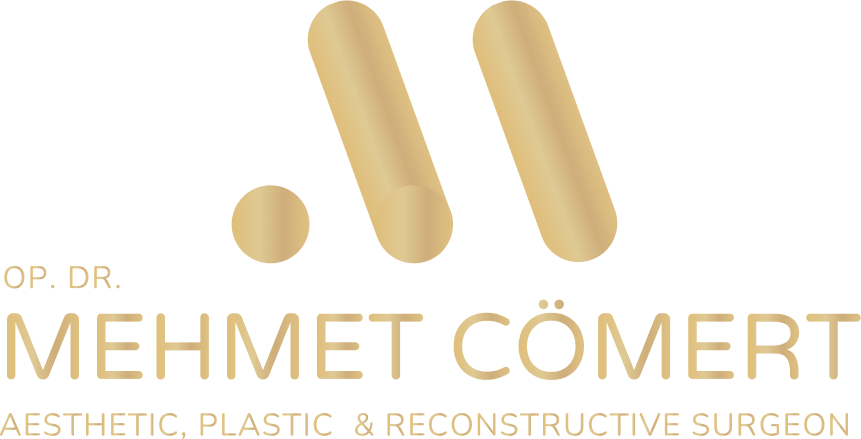

The aging process affects each person differently, but common changes include the loss of facial volume, the formation of wrinkles, and the drooping of facial tissues. An extended deep plane facelift is a surgical procedure that can address these changes by repositioning deeper facial tissues and the underlying muscles to create a more youthful and refreshed appearance. The deep plane refers to a layer beneath the superficial musculoaponeurotic system (SMAS), which is a fibrous layer of tissue in the face.
It’s a complex surgical procedure that addresses the visible signs of aging in the lower two-thirds of the face. Unlike other facelift techniques, the extended deep plane facelift involves lifting and repositioning the underlying facial muscles and tissues, rather than just the skin. It also goes beyond the traditional deep plane technique by extending the dissection plane even further down the face and neck. This approach leads to more dramatic and longer-lasting results, as the repositioning of the deeper facial tissues can address the underlying cause of facial aging. Additionally, because the extended deep plane facelift technique does not rely solely on skin tightening, there is a lower risk of visible scarring or an overly "pulled" appearance.
The extended deep plane face and neck lift surgery aims to address several common signs of facial aging and rejuvenate the lower face and neck area. Some of the problems that this procedure can help solve include:
-
Sagging jowls: With age, the skin and underlying structures of the face can lose elasticity and begin to sag, resulting in jowls along the jawline. The extended deep plane face and neck lift repositions the deep plane structures to lift and tighten the jowls, restoring a more youthful contour.
-
Nasolabial folds: Nasolabial folds are the lines that extend from the sides of the nose to the corners of the mouth. By addressing the deeper structures of the face, the extended deep plane technique can reduce the depth of these folds, resulting in a smoother appearance.
-
Marionette lines: Marionette lines are the vertical lines that form from the corners of the mouth downward. The deep plane face and neck lift can help diminish the appearance of these lines by lifting and tightening the tissues in the lower face.
-
Neck laxity and bands: The procedure includes a neck lift component, allowing for the correction of neck laxity and the tightening of neck muscles. This can help reduce the appearance of sagging skin, horizontal neck lines, and vertical bands or cords.
-
Facial volume loss: The extended deep plane technique can also address facial volume loss that occurs with age. By repositioning the deeper structures, the procedure can restore volume and provide a more youthful and fuller appearance to the face.
The surgery is performed under general anesthesia and typically involves incisions made around the hairline and ear, allowing an access to the underlying facial structures. The deep tissues are carefully lifted and repositioned, including the muscles and fat pads, to create a more youthful and natural-looking appearance.
Overall, the extended deep plane facelift is a popular and effective option for patients seeking to address the visible signs of aging in the face and achieve a more youthful and natural-looking appearance. It can be tailored to address the specific needs of each patient, allowing for a more customized approach to facial rejuvenation. It's important to note that the extended deep plane face and neck lift is a surgical procedure that involves customized approach, incisions and recovery time. That's why decision to undergo this surgery should be made after a consultation.


